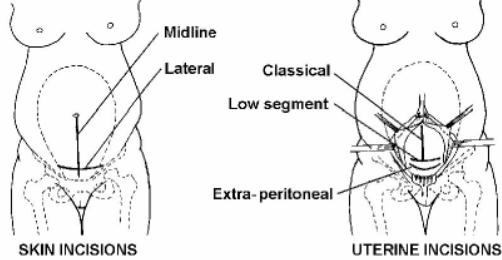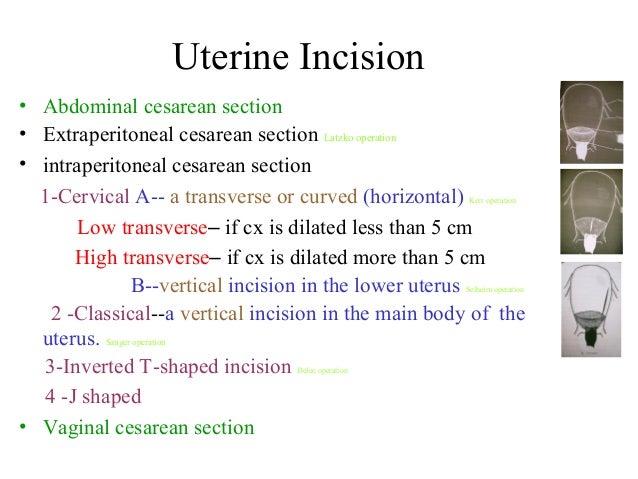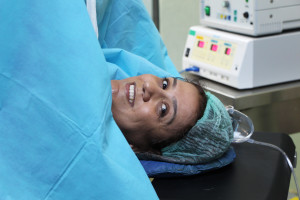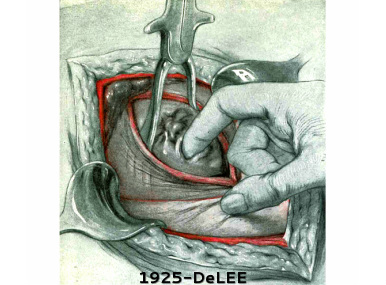Extraperitoneal Cesarean Section
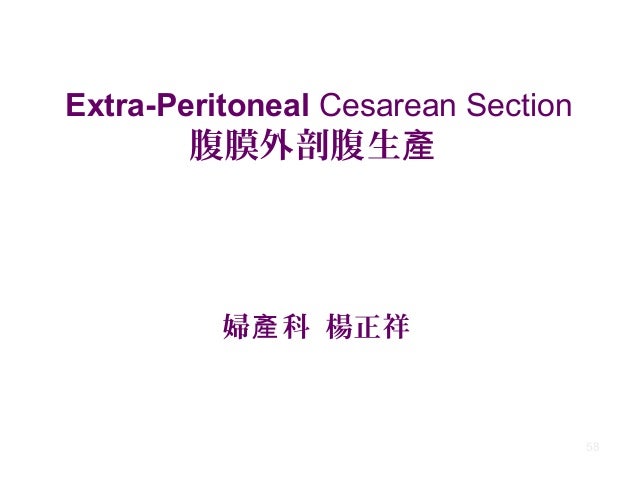
Despite the wealth of information concerning the efficacy of a wide spectrum of antibiotic regimens for the prevention or treatment of postcesarean section morbidity in.
Extraperitoneal cesarean section. As early as 1823 louis auguste baudelocque described it in his thesis as a new procedure for cesareans with an extra peritoneal approach. Because this procedure is more difficult to perform. Extraperitoneal cesarean surgery is a procedure that dates before the antibiotics were available.
An extraperitoneal c section ecs is a surgical procedure of delivering a baby through an incision in the lower uterine segment. This procedure is performed most often to prevent spread of infection from the uterus into the peritoneal cavity. To cut and the first testimonies of such operations date from antiquity.
The suggestion that extraperitoneal cesarean section might be a useful method of preventing postoperative infectious complications prompted a prospective study of 91 primary extraperitoneal cesarean sections on afebrile laboring patients with ruptured membranes longer than 4 hours. A method for surgically delivering a baby through an incision in the lower uterine segment without entering the peritoneal cavity. Extra peritoneal cesarean began in the 19th century.
At the time its advantage was decreased morbidity and risk of infection by avoiding opening the peritoneal sac. The uterus is approached through the paravesical space.





